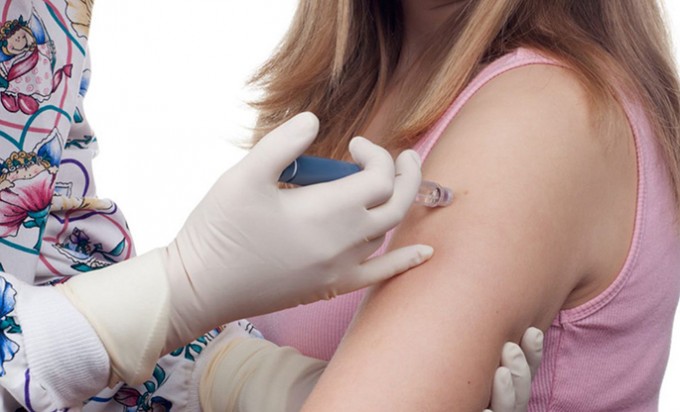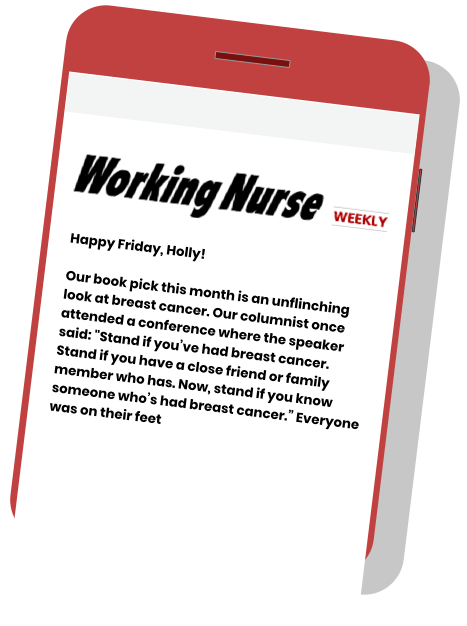Nursing & Healthcare News
HPV Vaccination and Schools
State policy changes could boost coverage

While we’re all waiting for a COVID-19 vaccine, health officials are still trying to promote cancer-fighting HPV vaccination. A new study suggests that school-entry policies could be an effective way to increase HPV vaccination rates.
(Please note that even if your child is not returning to classroom learning this fall, it is important to continue with their vaccination schedule. Children are still at risk for preventable diseases and some shots can’t be given after a certain age.)
Disappointing Coverage
Inoculating adolescents against human papillomavirus (HPV) — ideally while they’re still in middle school — dramatically reduces their risk of developing HPV-associated cancers (including cervical and rectal cancer) later in life. Unfortunately, vaccination coverage remains disappointing in much of the U.S.



